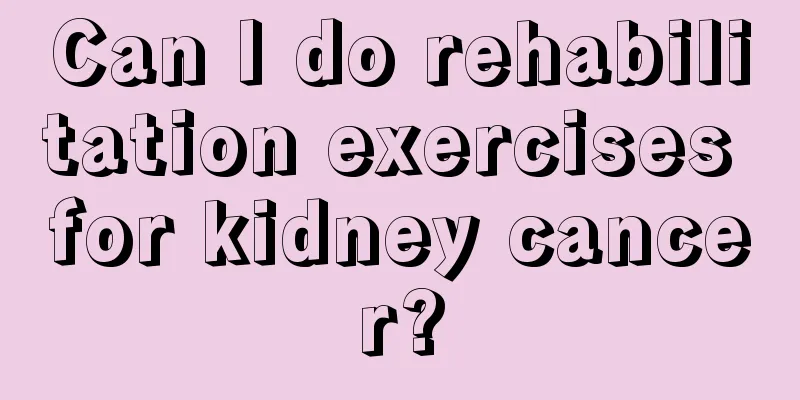What is the normal heart rate of the human body

|
Many of my friends may have a certain understanding of the normal heart rate of the human body, but they may not know what kind of situation the heart rate corresponds to. In fact, the normal heart rate of an adult is 60 to 100 beats, while the heart rate of an infant or young child is relatively faster. If we check our heart rate in life and find that it is not within the normal range, it may be caused by a problem with our heart. The heart rate of a healthy adult is 60 to 100 beats per minute, most of them are 60 to 80 beats per minute, and women are slightly faster; children under 3 years old are often above 100 beats per minute; the elderly are slower. Heart rate can vary depending on age, gender, and other physiological conditions. The heart rate of a newborn is very high, reaching over 130 beats per minute. Among adults, women generally have a slightly faster heart rate than men. For the same person, the heart rate slows down when the person is at rest or sleeping, and speeds up when the person is exercising or emotionally excited. Under the influence of certain drugs or neurohumoral factors, the heart rate can speed up or slow down. People who regularly engage in physical labor and exercise usually have a slower heart rate. A heart rate of more than 100 beats per minute in an adult (generally not more than 160 beats/minute) or more than 150 beats/minute in an infant is called sinus tachycardia. It is common in normal people after exercise, excitement, agitation, smoking, drinking and strong tea. It can also be seen in fever, shock, anemia, hyperthyroidism, heart failure and the use of atropine, epinephrine, ephedrine, etc. If the heart rate is between 160 and 220 beats per minute, it is often called paroxysmal tachycardia. A heart rate lower than 60 beats/minute (generally above 40 beats/minute) is called sinus bradycardia. It can be seen in people who engage in heavy physical labor for a long time and in athletes; pathologically, it can be seen in hypothyroidism, increased intracranial pressure, obstructive jaundice, and overdose or poisoning of digitalis, quinidine or propranolol. If the heart rate is less than 40 beats/min, atrioventricular block should be considered. A heart rate that is too fast, exceeding 160 beats/minute, or less than 40 beats/minute, is mostly seen in patients with heart disease. Patients often experience palpitations, chest tightness, and discomfort in the precordial area. A detailed examination should be conducted early so that treatment can be targeted at the cause. This article introduces us in detail the normal heart rate of the human body. I hope you can understand it well in your life. This will be of great help in treating heart disease in your life. In our daily life, we should remember the indicators of normal human heart rate introduced in the article so that we can analyze whether our heart rate is normal. |
<<: Benefits of Rose Foot Bath
>>: You can't take a hot bath immediately after drinking
Recommend
What harm does bile duct cancer do to the patient's body
The cure rate of bile duct cancer and the surviva...
How to relieve gout symptoms?
Gout is a very serious disease. It is a joint dis...
What should lung cancer patients pay attention to in their diet? Five types of food that lung cancer patients can eat
In my country, there are far more male lung cance...
I have a fever and I keep sweating after getting an injection
Generally, patients will sweat a lot after gettin...
Symptoms of benign bone cancer are usually painless
Clinically, special viruses can cause symptoms of...
What are the typical symptoms of early lung cancer? Four typical manifestations of early lung cancer
Many families are slowly breaking up, and one of ...
Are ladybugs harmful?
Ladybugs are a very common insect in rural areas....
How to detect fibroids
Fibroid markers make it possible to detect fibroi...
What are the early symptoms of lung cancer? There are 6 early symptoms of lung cancer
I believe many people know that the early symptom...
Can people with high blood pressure eat Laozao?
Laozao is also often called glutinous rice wine. ...
What does bv positive mean
When some women undergo gynecological examination...
Methylparaben induces breast cancer
When breast pain or breast mass occurs, you need ...
What are the dangers of a neti pot
In the past, people used the neti pot to help bre...
Can endometrial cancer metastasize?
1. Most endometrial cancers grow slowly and are c...
How to care for dentures
It is said that toothache is not a disease but it...









